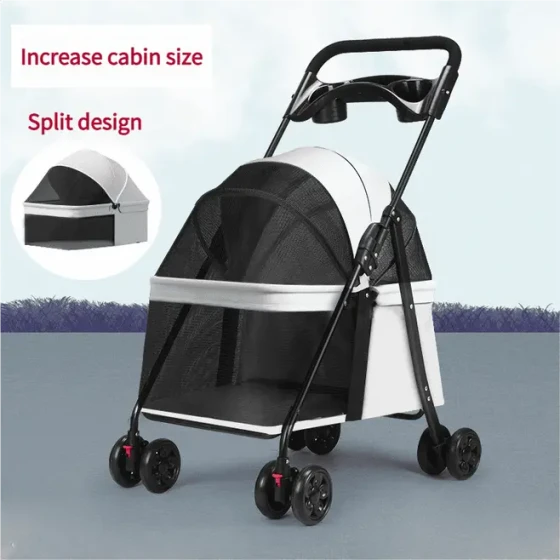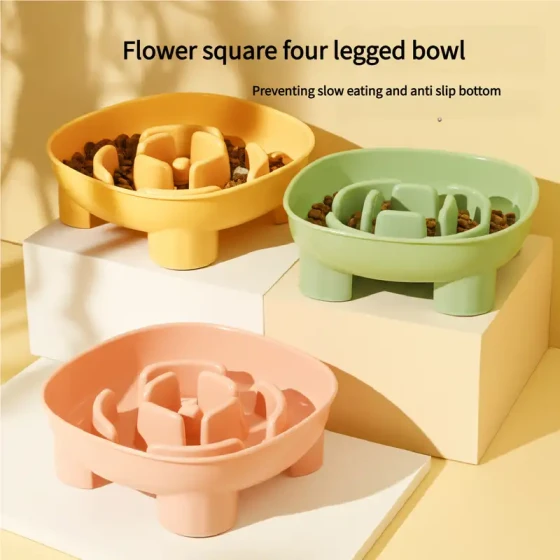How to Choose Good Dog Food

Black Russian Terrier (detailed introduction)
Since dog food has relatively balanced nutrition and is the most suitable food for dogs, we usually choose dog food as the main meal for dogs. Therefore, the quality of dog food directly affects the dog's health. We should try our best to choose appropriate dog food for our dogs, so let's talk about how to choose good dog food.
1. Price
Generally speaking, dog food is priced according to quality, as the price directly determines the grade of raw materials used in manufacturing. At the same time, factors determining dog food prices include manufacturer advertising costs, shipping fees, import duties, value-added taxes, and sales channels, all of which are borne by the buyer. From this, we can preliminarily judge the cost-performance ratio of dog food and then buy relatively better dog food according to our budget.
2. Packaging and Appearance
1. High-quality dog food has exquisite packaging and uses specially designed moisture-proof bags, while low-end dog food generally uses plastic or kraft paper packaging to save costs, which easily causes dog food degradation.
2. Upon opening, high-quality dog food has a natural fragrance that stimulates appetite, whereas low-end dog food often uses chemical additives and has a pungent smell like strong artificial flavors after opening.
3. Premium dog food granules are full, with a deeper and more even color, and have an oil sheen from inside out. Most low-end dog food granules are uneven, lighter in color, and dry due to production techniques and raw materials. Some manufacturers even coat the surface with oil and colorants to make the dog food more visually appealing.
3. Ingredients
Some manufacturers mislead consumers by claiming that the higher the protein and fat content in dog food, the better, but this is not true. Normal dogs require a certain amount of protein to maintain normal body functions. A normal daily diet must contain 16% protein, adequate amino acid composition, 8% fat, and 60% carbohydrates to meet maintenance needs.
However, these amounts are insufficient for growth and lactation. When protein content reaches 21-23%, this level not only slightly exceeds the normal protein requirement (during lactation) but also provides a safety margin. A small amount of extra protein can enhance disease antibodies. For some young, healthy dogs, excess protein may not be harmful, but it is harmful to sick dogs as it increases the liver burden. For older dogs, it can damage their circulatory system. Dogs with liver and kidney damage fed with high protein amounts will accumulate excess nitrogen in body fluids and tissues. Feeding older or sick dogs dry dog food with 16% protein helps reduce the burden of protein metabolism. Excess fat will be digested and absorbed by dogs, causing obesity, the consequences of which should not be ignored.






